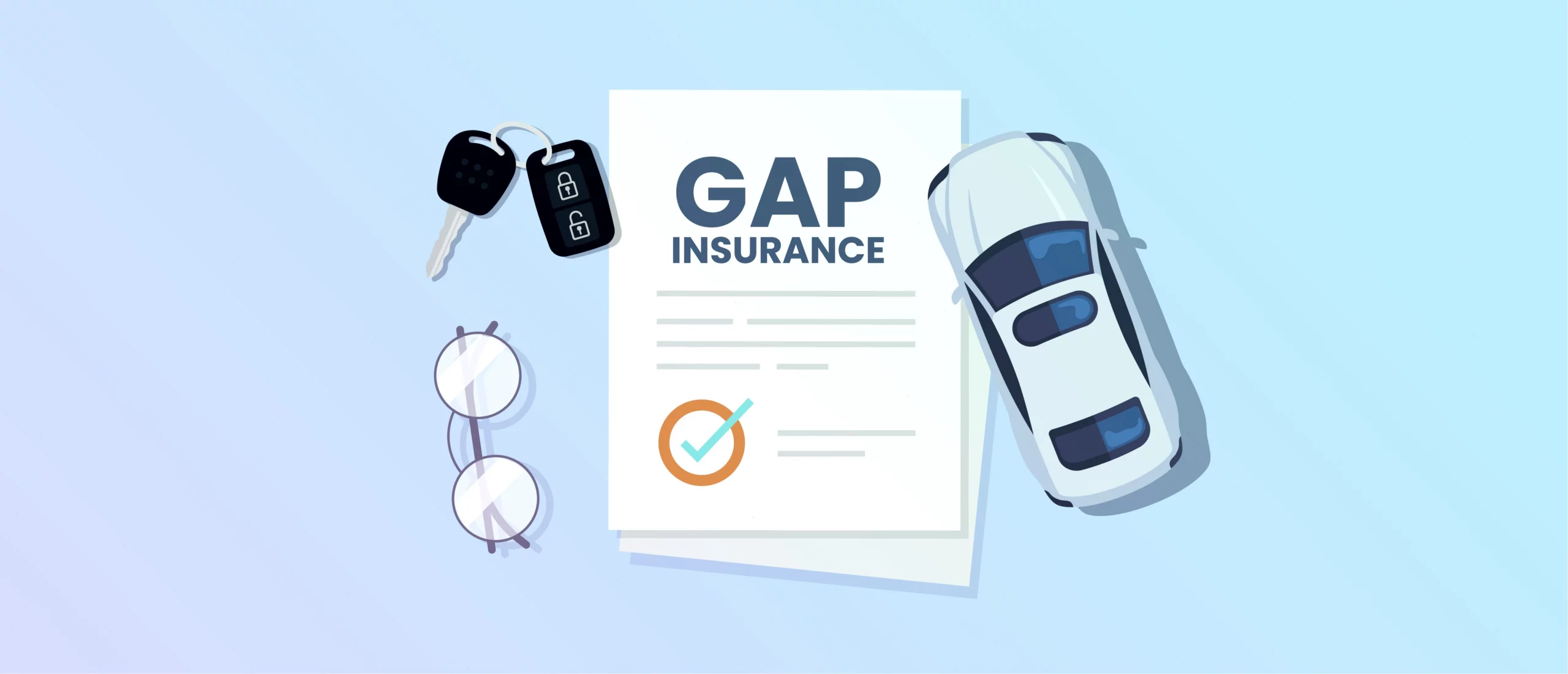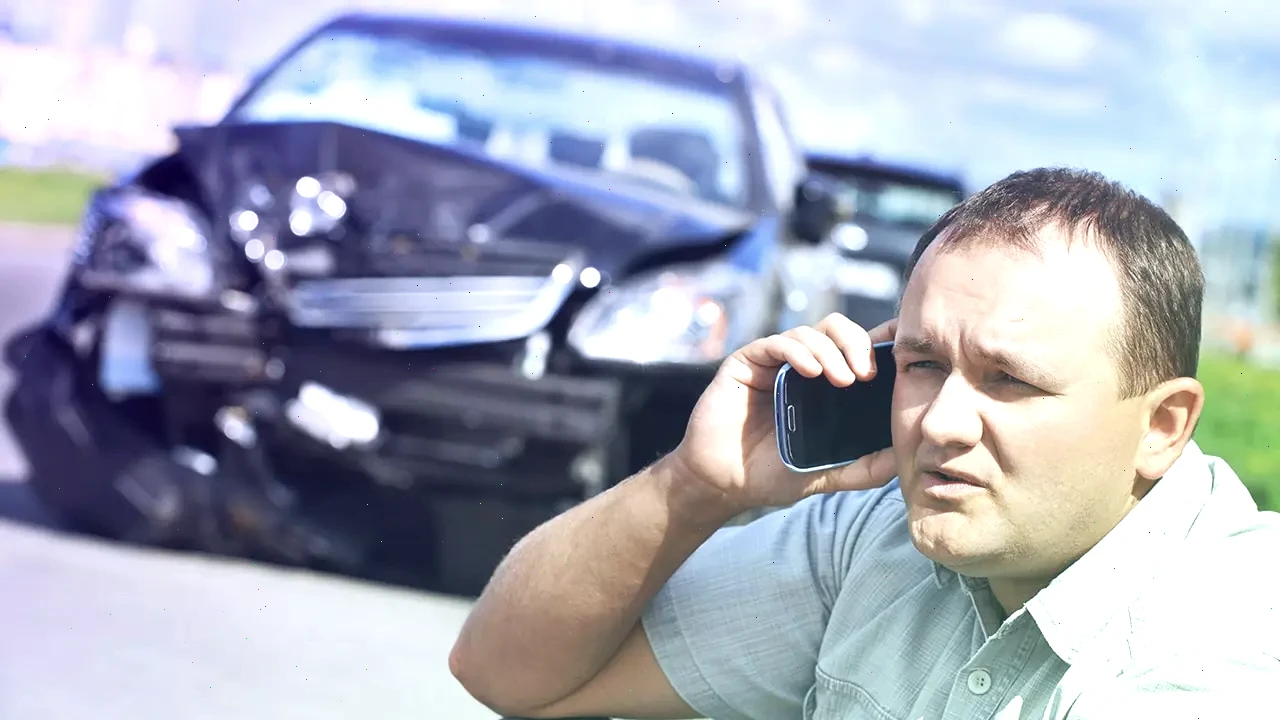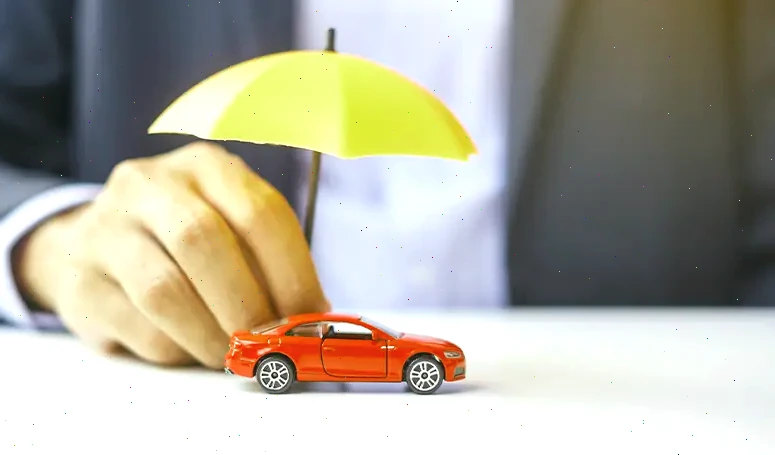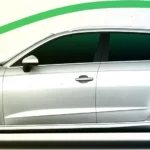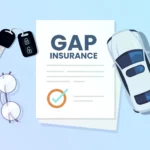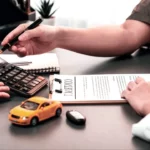When most people think of GAP insurance, they picture shiny new vehicles rolling off the dealership lot. But what about used cars? Is GAP coverage still a smart move if you’re buying pre-owned? Surprisingly, the answer is sometimes yes — but only in specific scenarios.
In this guide, we’ll break down what GAP insurance is, how it applies to used cars, and when it actually makes sense to buy it.
What Is GAP Insurance?
GAP (Guaranteed Asset Protection) insurance covers the difference between your vehicle’s current market value and the amount you still owe on your auto loan if the car is stolen or totaled. It’s especially valuable early in a loan term when depreciation outpaces your loan payments.
For example: If your used car is totaled and worth $12,000, but you still owe $15,000 on the loan, GAP insurance would cover the $3,000 difference.
Can You Get GAP Insurance on a Used Car?
Yes, many insurance providers and lenders offer GAP insurance for used vehicles. However, eligibility often depends on the car’s age, mileage, and whether it’s financed or leased.
Most insurers will only offer GAP coverage if the car is less than 10 years old and/or has fewer than 100,000 miles. It’s typically only available if you’re financing or leasing the vehicle — not if you pay cash.
When Does GAP Insurance for Used Cars Make Sense?
1. You Made a Small or No Down Payment
If you didn’t put much money down on your used car loan, you may owe more than the car’s actual value — especially with interest and fees added in.
2. You Chose a Long-Term Loan
Used car loans can stretch up to 72 months. In the early years of the loan, your balance may exceed the car’s rapidly depreciating value. GAP insurance covers this risk.
3. You Bought a High-Depreciation Model
Some used vehicles lose value faster than others. If you purchased a model known for quick depreciation, GAP can be a smart backup plan.
4. Your Lender or Dealer Required It
Some lenders or lease agreements for used cars require GAP coverage as a condition of financing. Always review the fine print before signing.
5. You Rolled Over Negative Equity
If you traded in a vehicle with negative equity and rolled that amount into your new loan, you’re starting “upside-down.” GAP insurance is essential in this case.
When You Probably Don’t Need It
- You bought the car with cash or paid it off quickly
- You made a large down payment (20% or more)
- Your loan balance is already less than the car’s value
How Much Does GAP Insurance for Used Cars Cost?
GAP insurance for used cars is often affordable, especially when added to your existing auto policy. Expect to pay:
- $20–$40 per year through your auto insurer
- $200–$600 one-time fee if purchased through a dealer
When Does GAP Insurance for Used Cars Make Sense?
| Situation | Does GAP Insurance Make Sense? | Why? |
|---|---|---|
| Low or zero down payment | ✅ Yes | You may owe more than the car is worth early in the loan. |
| Long-term used car loan (60–72 months) | ✅ Yes | Slow equity build-up increases risk of negative balance. |
| Rolled-over negative equity | ✅ Yes | You’re starting the loan already upside-down. |
| High-depreciation used vehicle | ✅ Yes | Car value drops faster than loan balance early on. |
| Paid cash or loan already paid off | ❌ No | There’s no remaining loan to protect. |
| Large down payment (20%+) | ❌ No | Low risk of being upside-down on the loan. |
| Loan balance is less than car value | ❌ No | GAP coverage would provide no benefit. |
Final Thoughts
GAP insurance isn’t just for brand-new vehicles. If you’re financing a used car under the right conditions — small down payment, long-term loan, or negative equity — it can offer critical financial protection.
Before saying yes or no, take a look at your loan terms and your car’s value. If there’s a risk you could owe more than your car is worth in the event of a total loss, GAP insurance may be the safety net you didn’t know you needed.
